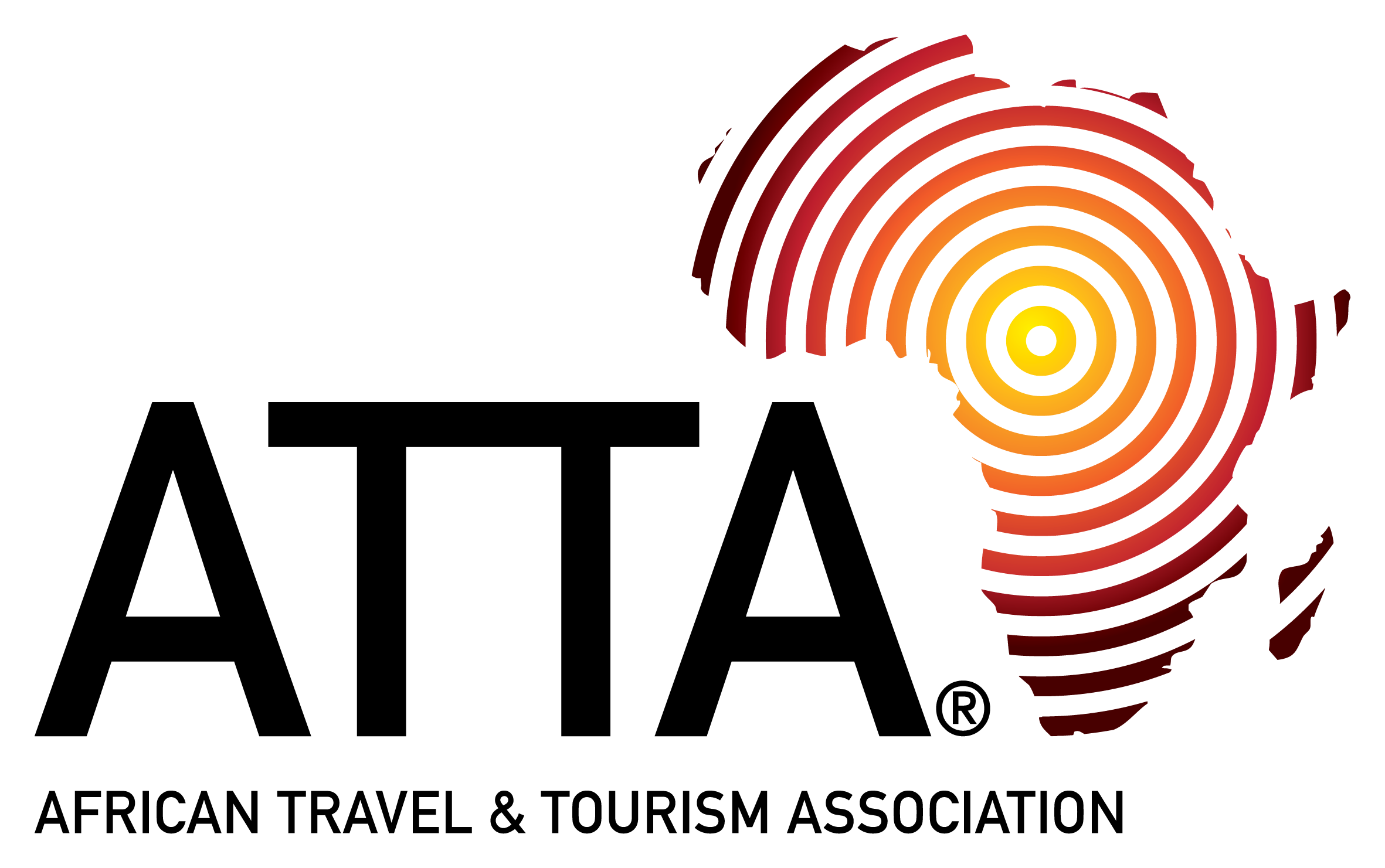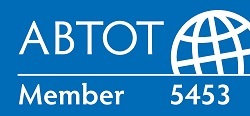Day 1: Arrive Bangkok
You will be met on arrival at Bangkok Airport and transferred to your hotel in the city centre. Rest of day at leisure.
Day 2: Bangkok to Chiang Mai
Transfer to the airport for your morning flight to Chiang Mai, Thailand's second city and northern capital.
Arrive midday, and enjoy lunch at a traditional Thai restaurant (watch for chillies! As a rule, the food in Thailand gets hotter the further north you travel) before checking into your hotel.
After you've checked in at your hotel and rested, set off on an afternoon tour of the city and its surrounds, beginning with Wat Phra That, Chiang Mai's largest temple and most prominent landmark. The 14th-century temple and monastery sits at the top of a high hill, Mount Suthep, about 15km north of the city, its golden spire visible at a distance. It's a steep climb through forest to the top (there are steps), but it's worth it for the marvellous views of Chiang Mai city and valley from the temple terrace.
After exploring Wat Phra That, head to the nearby village of Bo Sang. Known as the 'umbrella village', Bo Sang is a lively market village famous for its craftshops that sell painted umbrellas and for its annual Umbrella Festival.
Take the time to explore the village, before continuing to San Kamphaeng, a little hamlet also renowned for its handicrafts, though in this case silk, lacquerware and silver. Return to Chiang Mai early evening.
NB. Bo Sang and San Kampaeng are very much tourist markets. Chiang Mai is famous for its crafts, but do let your guide know in advance if you're not interested in shopping for souvenirs as they can arrange for you to visit a quieter village or simply allow for more time to explore the city itself.
Day 3: Chiang Mai
This morning, leave Chiang Mai for the Maetaman Valley, a beautiful spot about an hour's drive from town. The valley is a wonderful place for a gentle trek.
Late morning continue to see the colourful blooms at Chiang Mai’s famous Orchid and Butterfly Farm, with lunch included at a local restaurant.
Return to your hotel in the afternoon. The rest of the day is at leisure. Take the time to explore the city, with its excellent restaurants, lively bars, and bustling night bazaar.
Day 4: Doi Suthep-Pui National Park
Set off early this morning and head north from Chiang Mai to Doi Suthep-Pui National Park, a mountainous reserve that offers some of the best terrain for hill-walking in Thailand. Your destination is Hmong Lodge, which occupies a superb site in the forested hills, only a short distance from a traditional Hmong mountain village.
In the afternoon, take a guided walk to visit the nearby Hmong village, or, if preferred, a gentle trek into the hills. In the evening there will be a BBQ dinner at the lodge.
Day 5: Thaton via Chiang Dao
After breakfast, continue to the town of Thaton, with a visit to the Chiang Dao Caves complex and a stop at a local restaurant for lunch en route.
Thaton is a charming town situated on the banks of the Mae Nam Kok River, with a number of pretty riverside resorts and restaurants. After you've checked in at your resort, the rest of the afternoon is free for you to explore the town.
Day 6: Thaton to Chiang Rai via the Golden Triangle
After breakfast, depart Thaton for the Golden Triangle, where the Ruak River meets the Mekong, and where Thailand, Myanmar and Laos border.
Arrive in time for lunch, and then afterwards embark on a boat ride on the Mekong River, following its course past the Thai, Lao and Myanmar borders, before stopping at a Laotian village on the riverbank.
After a walking tour of the village, meet with your driver and continue to Chiang Rai, arriving early evening. Check-in at your hotel in Chiang Rai. Evening at leisure.
Day 7: Chiang Rai to Sukhothai
Depart Chiang Rai this morning for the historic city of Sukhothai, the first capital of Thailand. It's a half-day's drive, with a stop along the way at Phayao, a small town located on the shore of a beautiful freshwater lake. Lunch is at a restaurant on the lakeshore.
Arrive in Sukhothai in the afternoon and check-in at your centrally-located hotel.
A UNESCO World Heritage Site, Sukhothai is Thailand's historic capital. A number of its temples date back to the 13th-century, when it was the royal seat of the first Siamese dynasty, the Phra Ruang, making it roughly contemporary with the other great temple complexes of South-East Asia – Siem Reap and Battambang in Cambodia, and Bagan in Myanmar. There's a huge amount to see; if you're not too tired you can make a start this afternoon, but if you are there will be plenty of time for exploring the old city tomorrow.
Day 8: Sukhothai
Explore Sukhothai at your own pace. The Historic Park is large and best explored by bike (a number of sites are located outside the city). Don't try to cover everything! Your guide will be on hand to take you through the highlights, including the ruins of Wat Si Chum, Wat Mahathat and Wat Phra Phail Luang.
Early afternoon, stop for lunch at a local restaurant near the site.
You may want to return to your hotel after lunch for a rest and a dip in the pool, or you can continue your explorations of the ancient city.
Day 9: Sukhothai to Ayutthaya
Leaving Sukhothai this morning, you journey south to Thailand's second historic capital, Ayutthaya, seat of the Siamese kings from the mid-14th to the late 18th century.
On the way out of Sukhothai, you might like to make a detour to the city of Phitsanulok to visit Wat Mahathat Phitsanulok and marvel at the Phra Buddha Chinnarat, one of the most impressive golden Buddha images in Thailand, dating back to the 14th-century.
En route to Ayutthaya you’ll also stop for lunch at a local restaurant.
Arrive Ayutthaya in the afternoon and check-in at your hotel. After a rest, visit the city's most spectacular temple, 17th-century Wat Chaiwatthanaram, to watch the sunset.
Day 10: Ayutthaya
At its height, in the 17th and 18th centuries, the royal capital Ayutthaya was among the largest cities in the world (with a population of over one million), and the trading capital of Asia. Sadly, that city no longer exists, having been almost completely destroyed in 1767 during the Thai-Burmese wars.
Old Ayutthaya, which occupies a virtual island between the Chao Phraya and Pasak Rivers, is now a ruin. It's a magnificent ruin, however, and for many Thai people still a place of pilgrimage. Today you'll have the chance to explore the ruined city at length, and, with the aid of your guide, gain an impression of what it once was.
Do be aware that old Ayutthaya is very much a ruin, and not as well-preserved as Sukhothai.
Day 11: Ayutthaya to Kanchanaburi via Suphanburi
Leave Ayutthaya this morning for Kanchanaburi (2 hours), stopping en route at Suphanburi to visit the 800-year old Wat Palelai, one of the oldest surviving temples in Thailand. Lunch at a local restaurant in Suphanburi.
Arrive in Kanchanaburi early afternoon and visit the Thai-Burmese Railway Museum, the Allied War Cemetery and the infamous bridge over the river Kwai. Overnight in Kanchanaburi.
Day 12: Kanchanaburi
This morning, embark on a guided tour of Hellfire Pass, where you can walk the original train tracks built by the Allied POWs during the Second World War. At the Hellfire Memorial Museum, learn more about the staggering loss of human life involved in the construction of the line, popularly known as Death Railway.
In the afternoon, board a period train and ride the line for 4km. The line is one of Thailand's most scenic, with striking views of the Kwae Noi Valley. It's the history that makes the ride special, however, providing context to the journey. Riding the line, you'll be able to appreciate just what a remarkable feat of engineering it was, despite the tragedy underlying its construction.
Day 13: Kanchanaburi to Bangkok
Depart Kanchanaburi this morning for Bangkok. En route, there will be time to visit the world's largest pagoda, Phra Pathom Chedi, at the centre of a royal monastery built during the reign of King Rama IV.
Early afternoon, stop for a lunch of traditional Thai cuisine at the Sampran Riverside, a family-run guesthouse.
Continue to Bangkok, arriving late afternoon.
Day 14: Bangkok
This morning, take a guided tour of Bangkok’s most famous sights, including Wat Pho, the oldest temple (and university) in the city, and the Grand Palace & Wat Phra Kaeo (the temple of the Emerald Buddha), the most distinctive and ornately decorated temple complex in Thailand.
End the tour with lunch at a riverside restaurant.
The rest of the evening is at leisure. You might like to visit one of the city's many busy night markets, or just delight in its vast array of restaurants. For the best street food, visit Chinatown and Old Bangkok.
Another option is an evening cruise with dinner on the Chao Phraya River (at additional cost), a great way to celebrate your last night in Thailand!
Day 15: Departure
At leisure until your scheduled transfer to the airport for your international flight home.
Historic Thailand
Explore the Thai Kingdom from north to south on this journey into the country's rich past.
Historic Thailand
Discover Thailand's long and rich history, from 13th-century Sukhothai, royal seat of the first Siamese dynasty, through old Ayutthaya, Thailand's great historic capital, to modern-day Bangkok.
Outline Itinerary
Price guide
Price based on two travellers in shared twin/double accommodation and subject to availability at the time of booking.
Pricing
15 days from £2385pp
Kilimanjaro & Tinga Tinga
Thank you for making our Kilimanjaro climb and subsequent safari the adventure of a lifetime.



